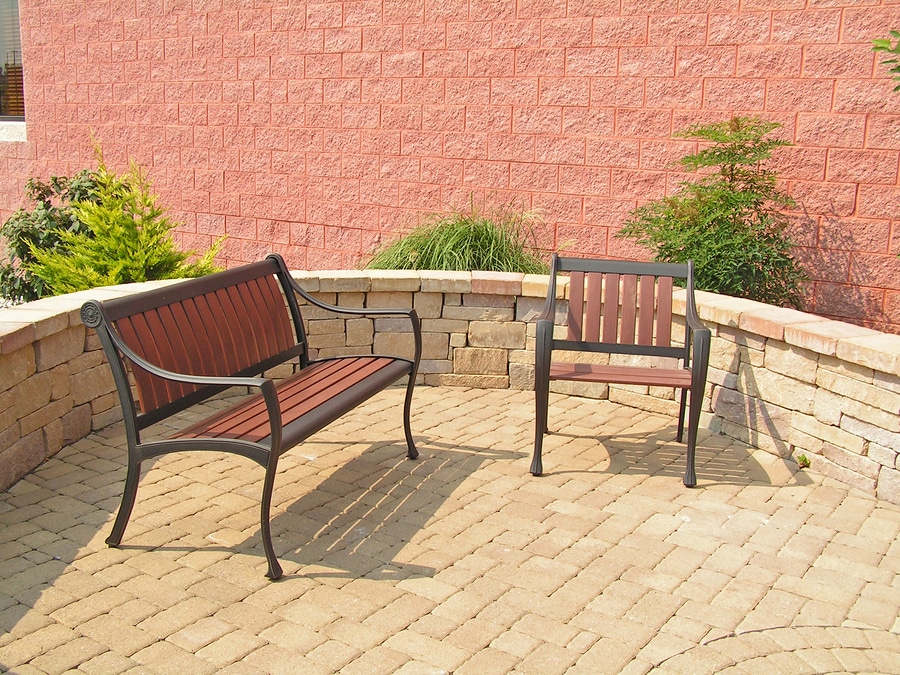Some important facts about building retaining walls

Retaining walls do so much more than hold back dirt. Sure, their intended purpose is typically to keep soil on a steep incline in place but these versatile walls can do so much more, such as erosion control on a troublesome incline, creating planting beds, or adding some flair to a pancake flat yard.
Whatever the end goal, if you are planning a retaining wall project for your Rock Valley or Sioux Center, Iowa home; it is important to have a basic understanding of what it takes to create a well-constructed wall. Building a retaining wall is a significant investment of time and expense, and the last thing you want to happen is a bulging, cracked, or fallen wall.
Retaining wall basics
Dispel any prior notion you had about the utilitarian roots of a retaining wall. At their core, of course, they keep selected portions of earth in one place but retaining walls are invaluable for creating walkout basement landscaping, patios, and any other outdoor space with noticeable elevation change.
However, retaining walls are also common ingredients in highway construction, park planters, gardens, and as purposely-designed landscape elements. Concrete, stone, or brick are common wall materials, as are the ubiquitous blocks with locking flanges that help hold the rows together.
Best of all, retaining walls can add dramatic beauty to a yard or commercial space. A retaining wall certainly doesn’t have to be arrow straight; add a curve or two to jazz up a patio or create varied wall heights for an attractive outdoor kitchen layout.
Building a retaining wall
Building a stable retaining wall with enduring integrity takes patience and finesse, and all walls are not created equal. Shorter walls, typically less than four feet, are relatively easy to plan and construct, and you don’t need to worry too much about it falling down. Outdoor fire pits, for example, look great accented by a short retaining wall. Higher, more complex walls usually need a touch of engineering.
For any height or design, many people prefer manufactured blocks or stones for their structural integrity and consistent look. Installing is streamlined and it is much easier to keep each course on a level track.
It’s all about the base
The base of a retaining wall is crucial; it sets the stage for the entire performance so be sure to focus closely on this step. Dig out the base area 4-6 inches below the natural grade and thoroughly tamp it until the entire surface is level. Then it’s time to add filler, typically gravel, and you’re ready to start placing the first row.
Terrace it
Think terracing all the way through construction. Retaining walls are happiest with each successive row offset, and this technique provides a high level of strength. This is also your chance to create wider terraces for planter gardens and the like.
Backfill as you go to add support. Each new course or two should be backfilled to the new course level and tamped to ensure the least amount of settling.
Don’t forget drainage
If a steeper slope is involved, your wall will need additional drainage at its base. Including a drainage pipe will greatly increase the wall’s structural integrity and lifespan.
For all the scoop on retaining wall construction, contact Outdoor Elements today at (712) 476-5299 or outdoorelementsinc.com.